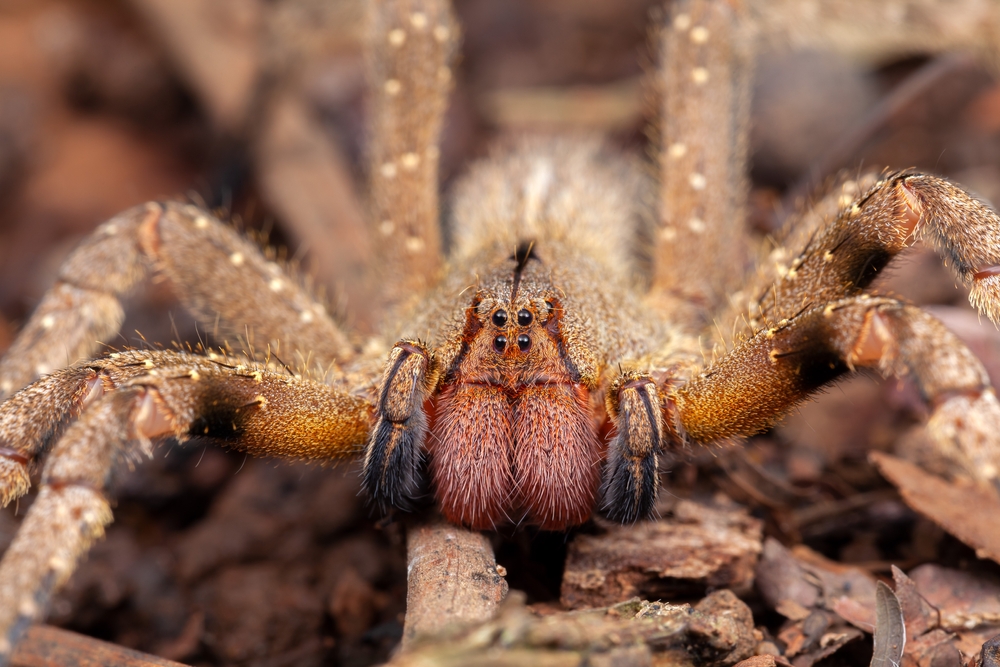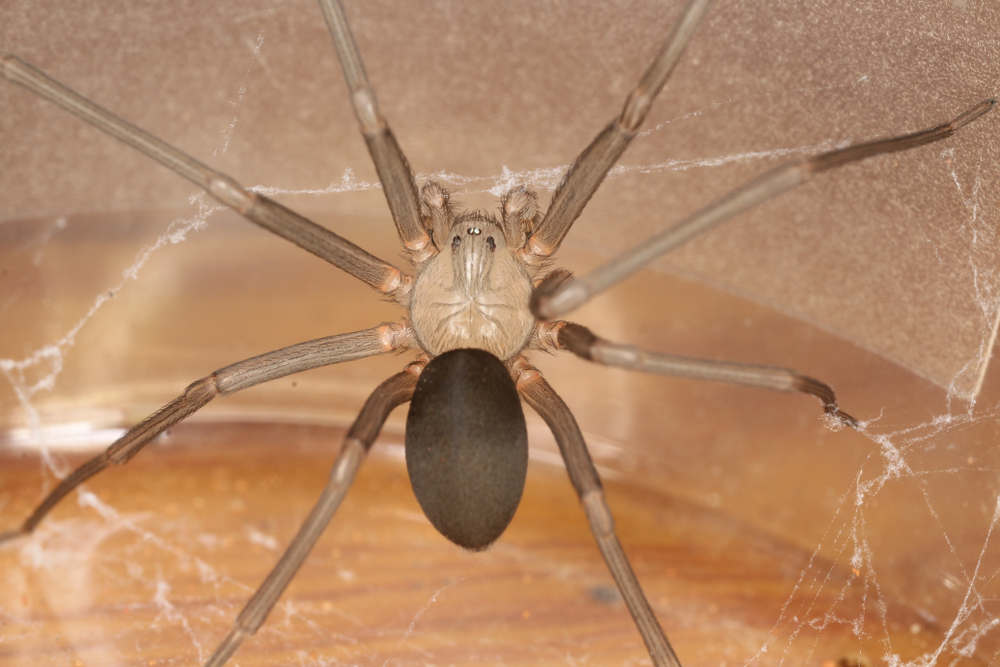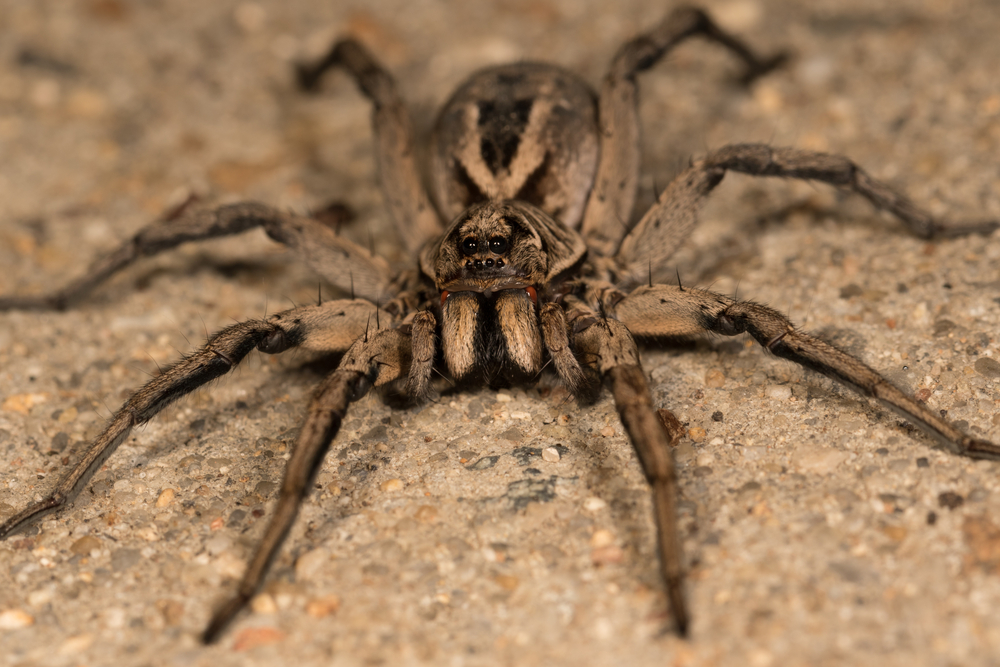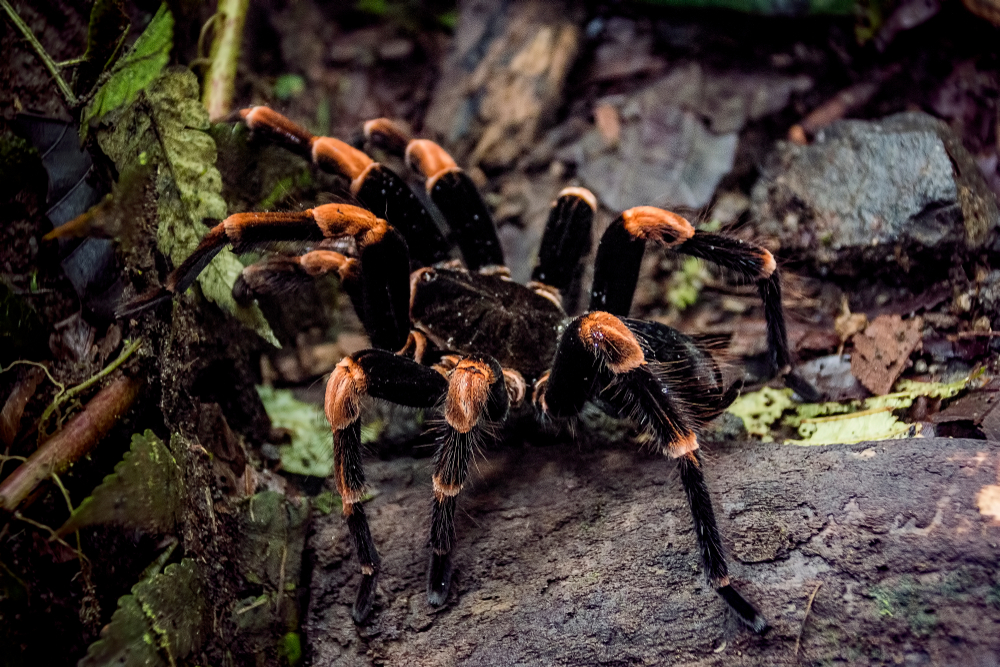Uniqueness
The Brazilian Wandering Spider is one of the most dangerous and behaviorally distinctive arachnids in the world. Its combination of extreme venom potency, aggressive behavior, and active hunting strategy makes it unique among spiders, particularly within the tropical ecosystems of South and Central America.
Highly Venomous:
Phoneutria species are widely regarded as the most venomous spiders in the world, with venom containing potent neurotoxins that can affect muscular control, breathing, and blood pressure in humans. Although bites are rare and often dry (non-venomous), severe envenomation can be life-threatening, especially in children.
Active Hunter—No Web Needed:
Unlike most large spiders, Brazilian Wandering Spiders do not build webs to catch prey. They are roving nocturnal predators, using speed, agility, and ambush tactics to hunt, which is highly unusual among large ground-dwelling spiders.
Threat Display with Red Warning Colors:
When threatened, they perform a dramatic threat posture: raising their body high on the back legs and lifting their front legs, revealing bright red or black warning patches underneath. This display is both intimidating and highly recognizable, often paired with rapid striking behavior.
Human-Spider Conflict:
Because they frequently hide in dark, enclosed spaces—including clothing, boots, banana crates, and houses—they are responsible for numerous encounters with humans, earning them the nickname “banana spiders.” This makes them one of the most medically significant spiders globally, despite their reclusive nature.
Venom with Medical Potential:
Ironically, research into Phoneutria venom has revealed compounds that may aid in treating erectile dysfunction and developing new painkillers, making this deadly spider a potential source of life-saving medical treatments.
Large, Fast, and Fearless:
Their speed and willingness to stand their ground, rather than flee, make them one of the few spiders that can truly be described as aggressive when threatened—especially females guarding egg sacs.
The Brazilian Wandering Spider’s toxic potency, behavior, and fearless reputation have earned it a place among the most studied and feared arachnids in the world—yet its ecological role and medical potential make it equally valuable.








































































